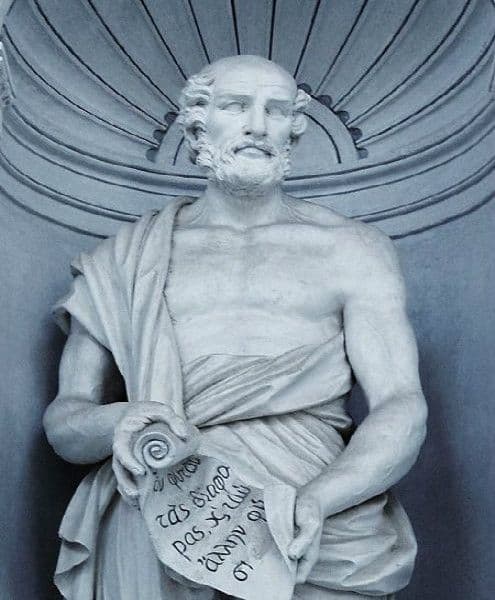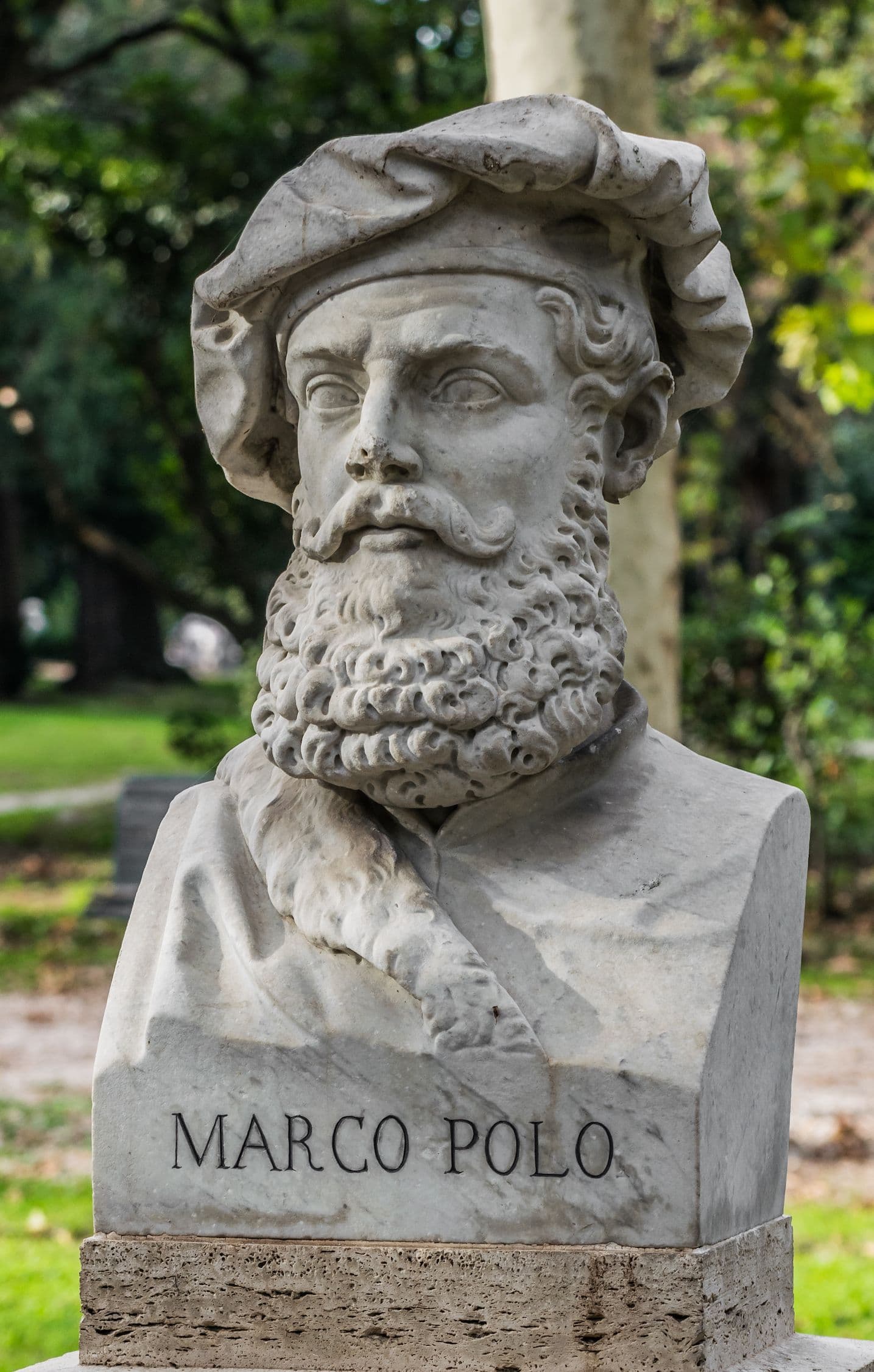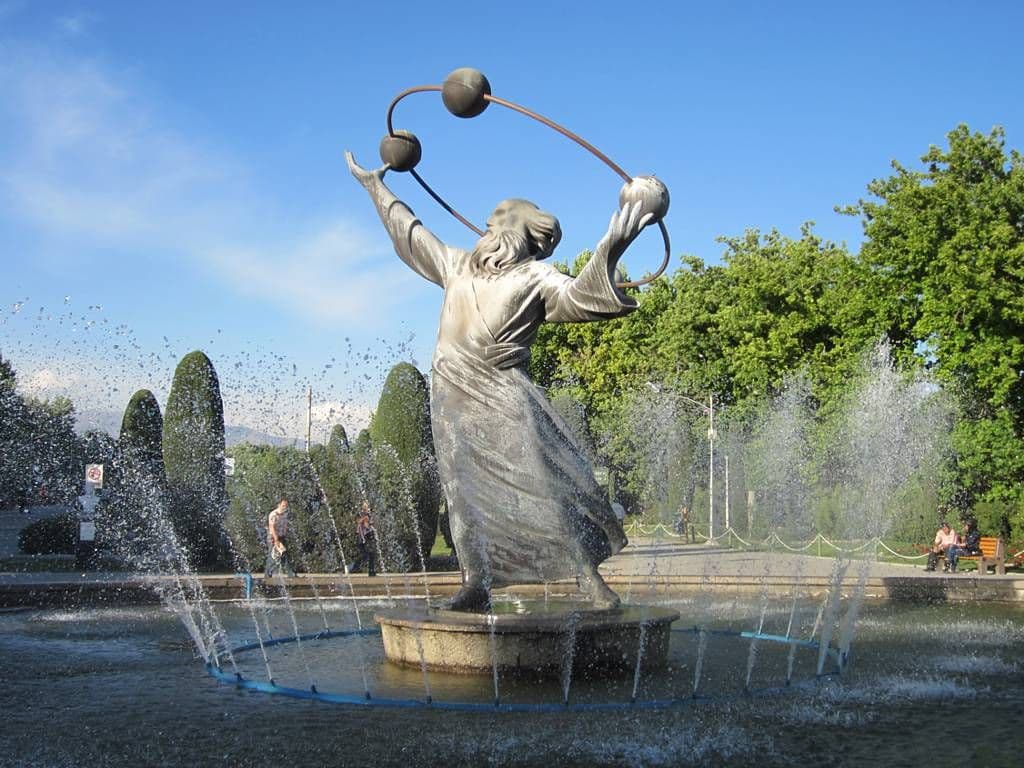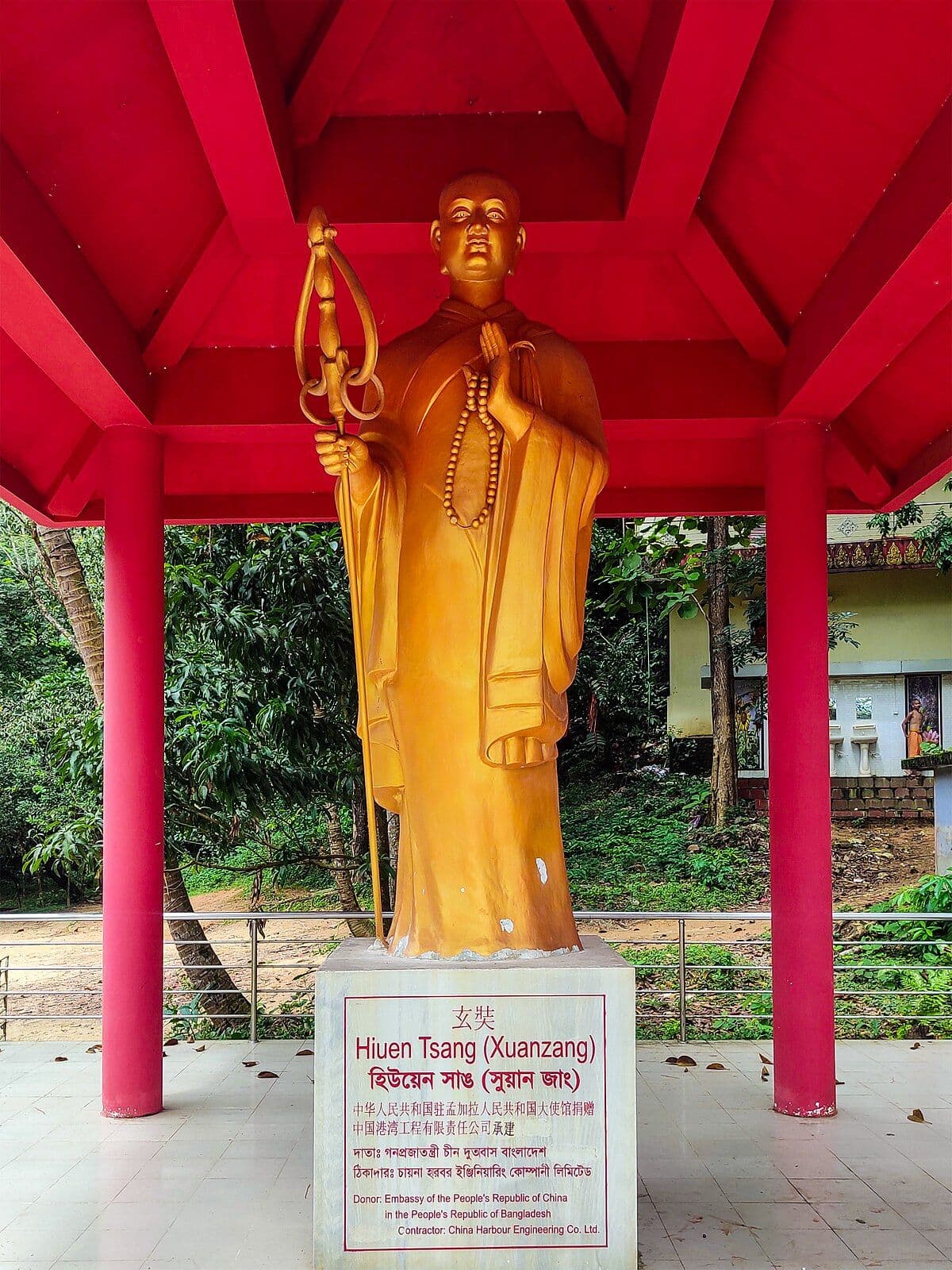blog
CUET GK TOPICS: Important Foreign Travelers to Ancient India
CUET TUTORIUM
Tue Jul 15 2025
·10 MIN read



- Megasthenes, a Greek ambassador, visited the court of Chandragupta Maurya around 302 BCE and wrote a famous account called “Indica”, which provides detailed information about Mauryan administration, society, and culture.
- Fa-Hien, a Chinese Buddhist monk, visited India during the reign of Chandragupta II (Vikramaditya) around 399–414 CE to collect Buddhist scriptures; he documented his journey in a book called “Fo-Kuo-Ki” (Record of Buddhist Kingdoms).
- Hiuen Tsang (also spelled Xuanzang), another Chinese Buddhist scholar, traveled to India during the rule of Harshavardhana around 630–645 CE and authored the famous travelogue “Si-Yu-Ki” (Records of the Western World).
- Al-Biruni, a Persian scholar and polymath, came to India in 1017 CE with Mahmud of Ghazni and wrote the book “Tahqiq-i-Hind” (Researches on India), which provides a detailed account of Indian philosophy, science, and culture.
- Marco Polo, a Venetian traveler, visited parts of southern India (especially under the Pandya dynasty) around 1292 CE, and he described India’s wealth, trade, and customs in his travel account “The Travels of Marco Polo”.
- Niccolò de' Conti, an Italian merchant and explorer, visited India during the 15th century, around 1420 CE, and wrote about the social and economic conditions of the Indian subcontinent.
- Ibn Battuta, a Moroccan traveler, visited India during the rule of Muhammad bin Tughlaq around 1333–1347 CE, and he wrote his experiences in a book called “Rihla” (The Journey).
- Abdur Razzaq, a Persian envoy, visited the Vijayanagara Empire in 1443 CE and gave a vivid description of the capital city Hampi in his travel records.
- Duarte Barbosa, a Portuguese writer and explorer, visited India in the early 16th century, around 1518 CE, and wrote “The Book of Duarte Barbosa”, which describes Indian coastal trade and culture.
- Domingo Paes, a Portuguese traveler, visited the Vijayanagara Empire during the reign of Krishnadevaraya around 1520 CE and gave detailed descriptions of its wealth, governance, and military.

